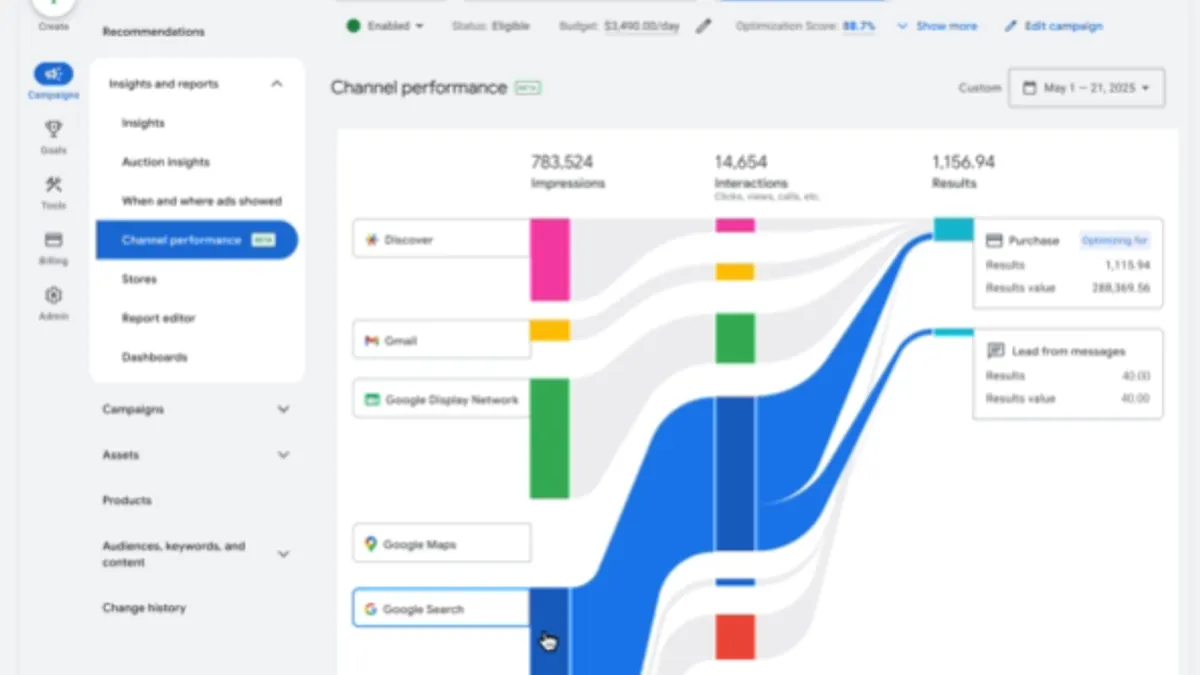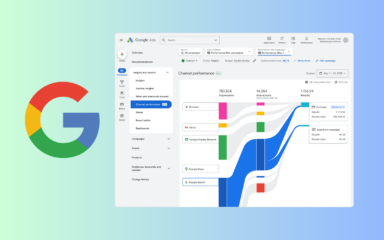Conducting a SaaS Sales Audit: A Comprehensive Guide
A sales audit is crucial for understanding your SaaS sales performance. It helps identify strengths, weaknesses, and opportunities for improvement across your entire sales process.
A thorough sales audit should cover these key areas:
Pipeline Health: Analyze key metrics like deal velocity, win rates, average deal size, and pipeline coverage. Ensure sufficient opportunities at each stage to meet targets. Leverage AI tools to identify bottlenecks.
Sales Process Efficiency: Evaluate sales process effectiveness. Are reps following the playbook? Identify inefficiencies and use tools like Gong to gain insights into call quality and best practice adherence.
Forecast Accuracy: Assess sales forecast accuracy. Modern AI can significantly reduce forecasting errors, improving predictability.
Rep Performance: Analyze individual and team performance metrics, including quota attainment, activity levels, and conversion rates. Identify top performers and coaching opportunities.
Customer Segmentation and Targeting: Review your target customer segments. Analyze lead quality and conversion rates by segment to refine your Ideal Customer Profile (ICP).
Deal Quality and Close Rates: Examine deal quality and close rates at each stage. Identify bottlenecks and understand reasons for lost deals.
Churn and Expansion: Analyze churn rates, upsell/cross-sell performance, and Net Revenue Retention (NRR) for existing customers. AI can predict churn and identify expansion opportunities.
Sales Enablement and Training: Evaluate the effectiveness of sales enablement programs. Ensure reps have the right tools, content, and training. AI-powered tools can personalize coaching and identify skill gaps.
Technology and Tools: Audit your sales tech stack, including your CRM and AI tools. Identify any gaps or inefficiencies.
Competitive Analysis: Analyze how your team handles competitive threats. Understand why deals are lost to competitors and develop counter-strategies.
Customer Feedback: Incorporate customer feedback to understand their satisfaction with the sales process and address any objections.
Team Alignment: Ensure alignment between sales, marketing, and customer success teams for smooth lead handoffs and consistent support throughout the customer journey.
Compliance and Documentation: Verify proper documentation and compliance with company policies for all deals.
Maximizing Your Sales Audit
A successful sales audit isn't just about finding problems; it's about developing a roadmap for improvement. Focus on actionable insights and prioritize areas with the biggest impact on revenue growth. A data-driven approach is key to achieving optimal results.
Further Reading:






